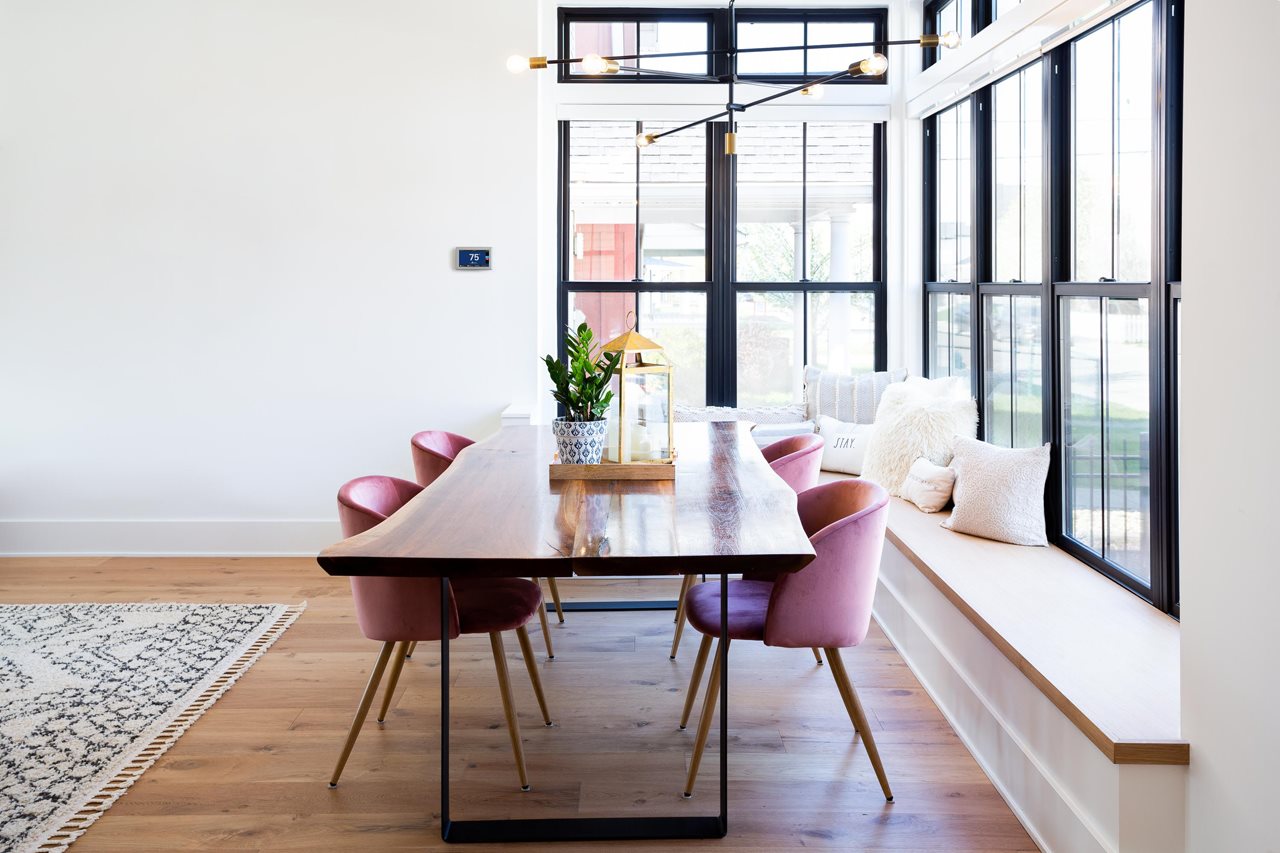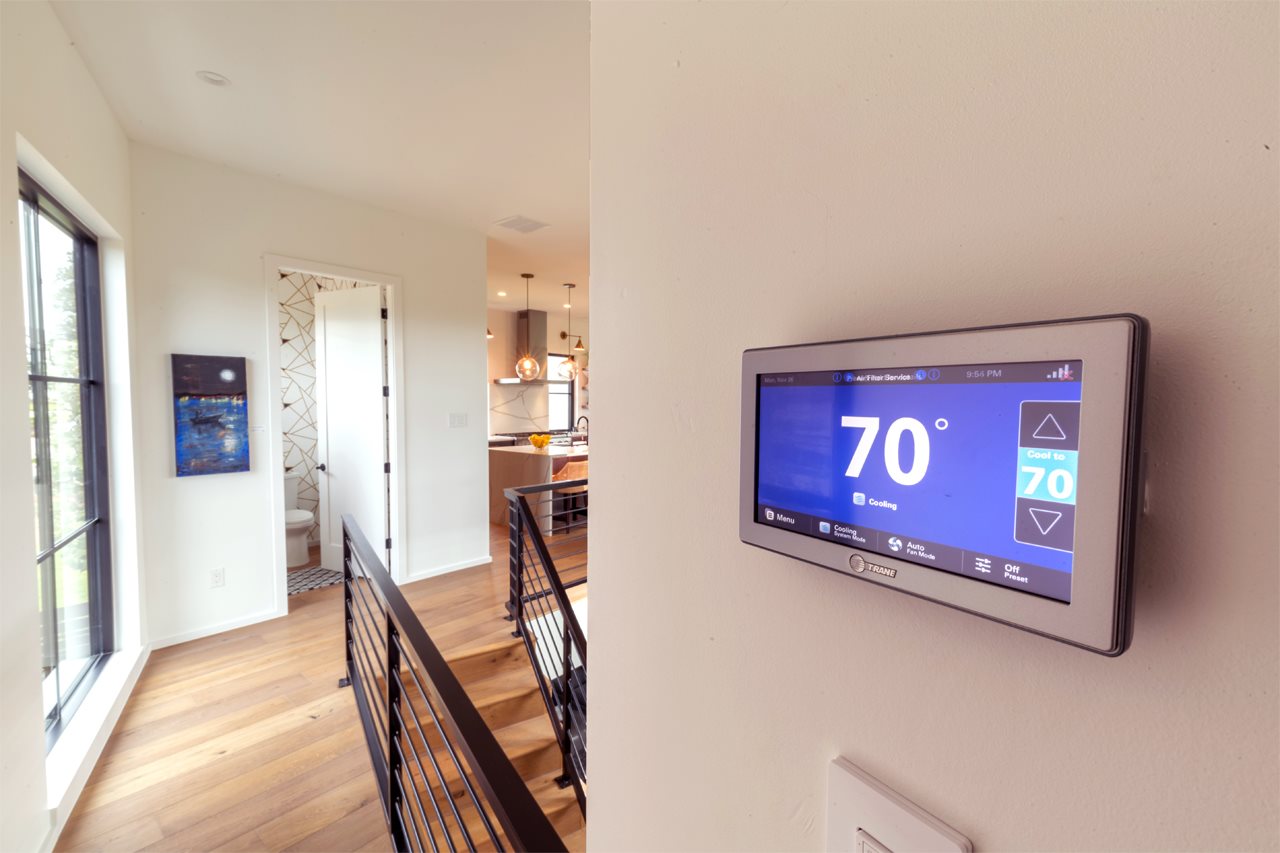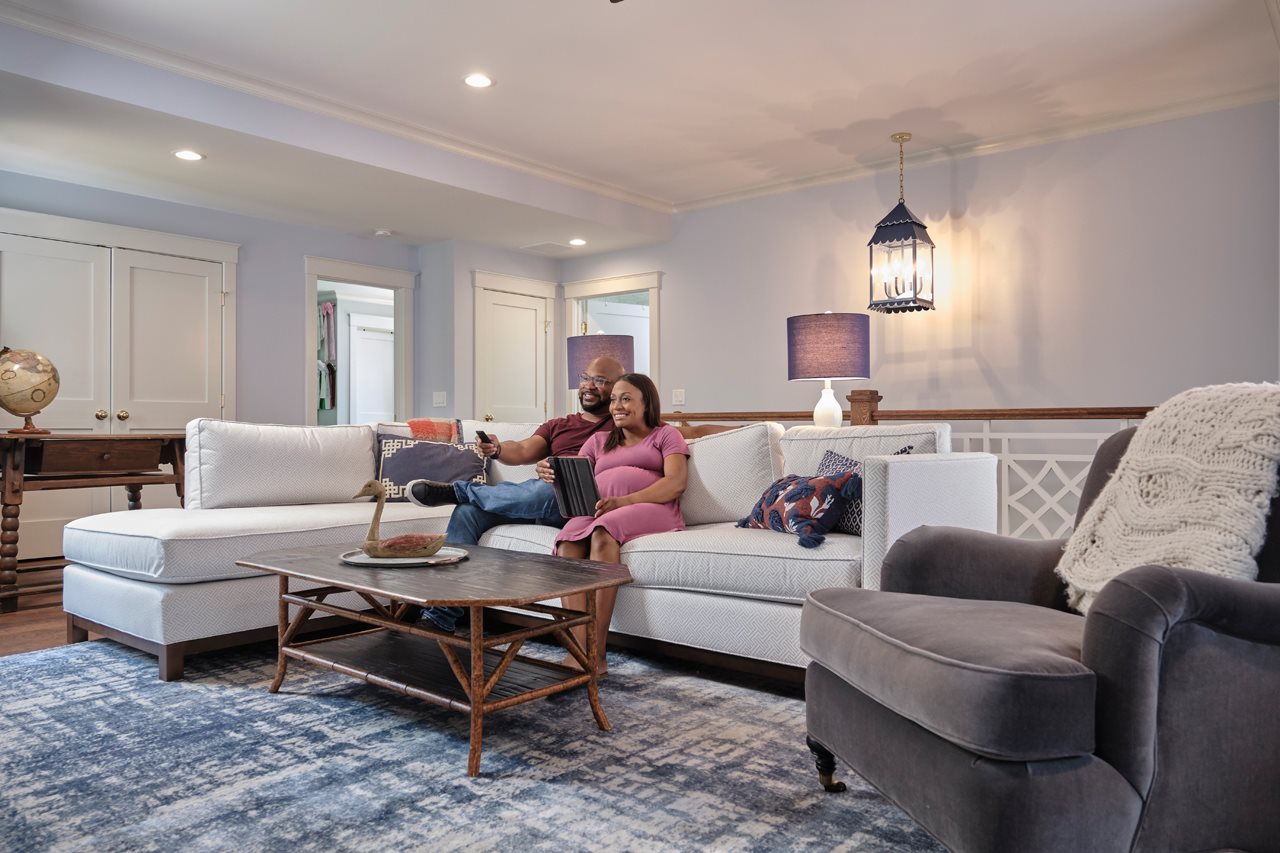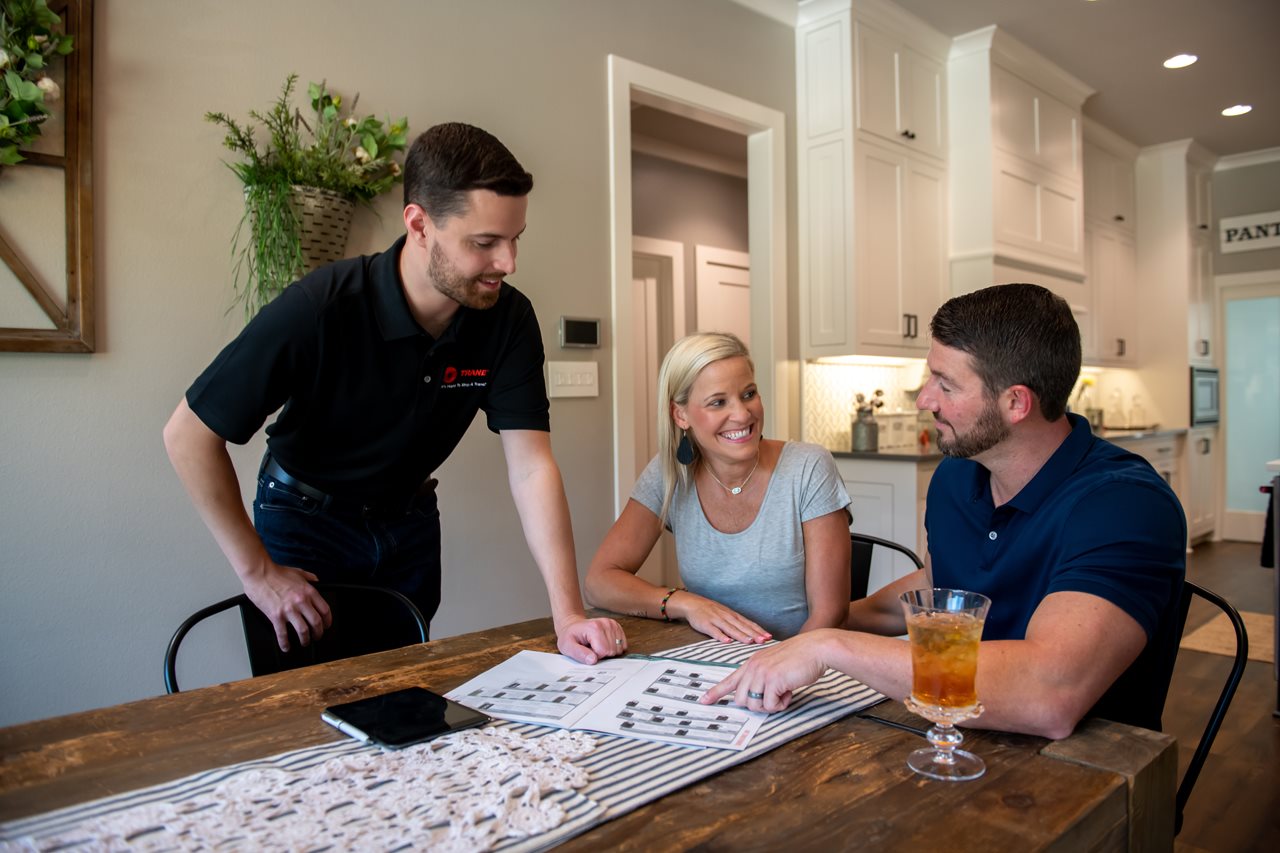(BPT) – As unpredictable as winter weather can be, soaring energy costs are adding additional uncertainties as to what it will cost to keep your home cozy this season.
Don’t resign yourself to living with a chillier home or wearing three layers of clothing to bed before trying these tips to stay warm while reining in your heating bill.
Check your home’s insulation and seals
If your attic or crawlspace isn’t properly insulated, the heating system has to work harder to keep your home at a consistently comfortable temperature. The more it works, the more it costs you. If you live up north where it gets really cold, try adding extra insulation to your garage door as it can make a big difference.
Set your thermostat correctly for winter
To get max efficiency out of your heating system, use the built-in, energy-saving functionality that comes with most of today’s thermostats.
The simplest option is a programmable thermostat. Programmable thermostats allow you to set temperature preferences during the day for every day of the week. A good guideline for winter is to put the temperature set point at about 68 degrees Fahrenheit when you’re home and lower it about 10-12 degrees Fahrenheit at night or when you’re away. As great as programmable thermostats are, they only work if you use them properly. If you constantly adjust the temperature manually up and down throughout the day, you’ll end up spending more on your energy bill.
The more robust choice is a connected, smart home thermostat. According to Energy Star, you’ll likely save at least $100 a year on your energy bill when you install a smart thermostat. They use a WiFi connection to let you manage your home’s heating and cooling directly from your smartphone, tablet or desktop. And they’re so smart they can even learn your temperature preferences, know when you’re at home or away and factor in your local weather. The payoff of getting a smart thermostat is more efficient temperature settings that can save energy dollars in the long run. Plus, you can control your smart thermostat whenever and wherever you want. Check out the Trane ComfortLink™ II XL1050 or ask your local Trane Dealer to recommend the best thermostat for your home.

Run your ceiling fan clockwise in winter
Fans aren’t just for keeping you cool in the summer. By changing the direction the blades turn, ceiling fans do a great job of circulating warm air that rises to the top of the room and redistributing it throughout the house. Most fans have an external switch on the base that switches the blade rotation, making this a change that you can make in mere seconds.
Create climate zones
The idea here is simple: Direct more warm air to the rooms you use most. The DIY way to do this is to partially close the vents (not more than 75% closed) in the rooms you don’t use often. This directs more warm air to where you want it. Don’t fully close the vents, though, because it creates additional pressure in the HVAC system and causes it to work harder. A next-level way to direct the heating in your home is by having an HVAC professional install a climate zone system, like the Trane ComfortLink™ II Zoning System. Trane uses exclusive motorized modulating dampers inside your ductwork to open and close vents in partial increments. That means heated or cooled air is directed where it’s needed, providing maximum comfort where you want it most.

Small changes, big payoff
If you set your thermostat one or two degrees lower than your usual number, you’ll see a 1% to 3% savings in your energy bill. Take it to the next level by setting it back 10 to 15 degrees for the 8 hours you’re at work and your savings jump to nearly 10%.

Upgrade to a high-efficiency HVAC system
If your home heating and cooling system is more than 10 years old, it most likely doesn’t have today’s energy efficient SEER rating. The majority of systems installed prior to 2006 are 10 SEER or lower. You can save up to 62% in energy costs with a more efficient system.

Your home heating and cooling system is a large portion of your home energy budget. If you want to really understand your home energy use and get custom energy-saving solutions, talk to your local Trane Comfort Specialist and schedule an in-home energy evaluation.